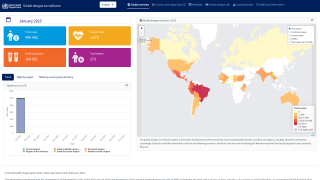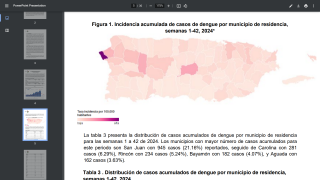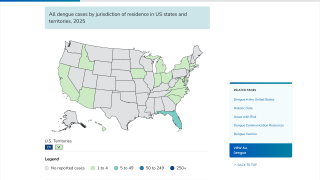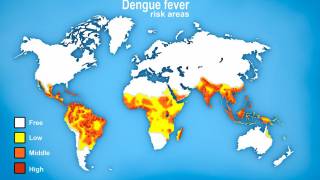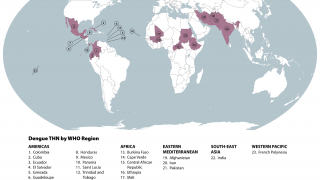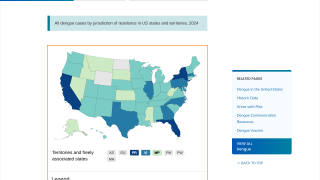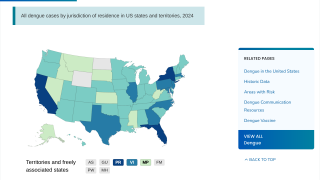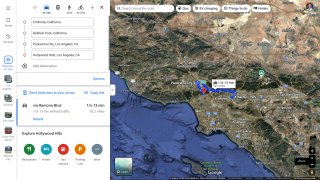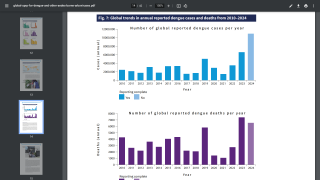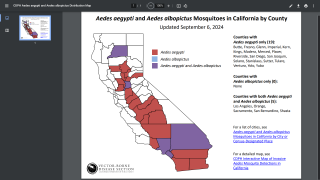Dengue Risk Also Increased in Europe
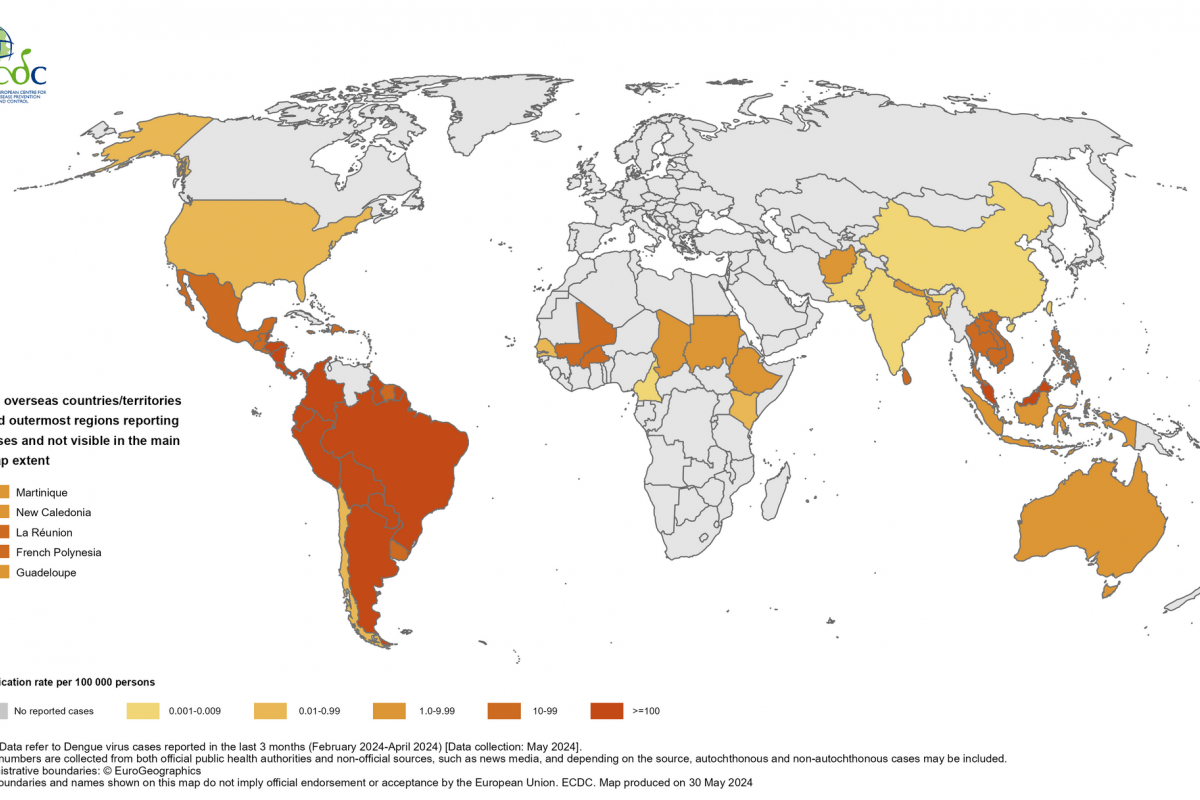
With most of the dengue outbreak risks revealed in The Americas in 2024, cases of this invasive mosquito-spreading disease are also impacting Europe.
According to the European Centre for Disease Prevention and Control (ECDC) reporting on June 11, 2024, there were 130 locally acquired dengue cases in the European Union, plus Iceland, Liechtenstein, and Norway, compared to 71 in 2022.
According to ECDC data, this was a "significant increase" in dengue reports from the 2010-2021 period, when the number for the entire period was 73.
Imported dengue cases have also increased from 1,572 cases in 2022 to about 4,900 in 2023, "the highest number" since 2008.
"Europe is already seeing how climate change is creating more favorable conditions for invasive mosquitos to spread into previously unaffected areas and infect more people with diseases such as dengue. Increased international travel from dengue-endemic countries will also increase the risk of imported cases, and inevitably also the risk of local outbreaks," says Andrea Ammon, ECDC Director.
The ECDC says Aedes albopictus, known for transmitting dengue, chikungunya, and Zika viruses, is spreading further north, east, and west in Europe and now has self-sustaining populations across 13 EU/EEA countries.
Aedes aegypti, a vector of yellow fever, dengue, chikungunya, and Zika viruses, recently established itself in Cyprus. Its potential for establishment in other parts of Europe is concerning due to its significant ability to transmit pathogens and its preference for biting humans.
The Culex pipiens mosquito, responsible for the spread of West Nile virus, is native to Europe and is present throughout the EU/EEA.
From a prevention perspective, the second-generation Qdenga vaccine is now offered in many EU countries.
Our Trust Standards: Medical Advisory Committee
